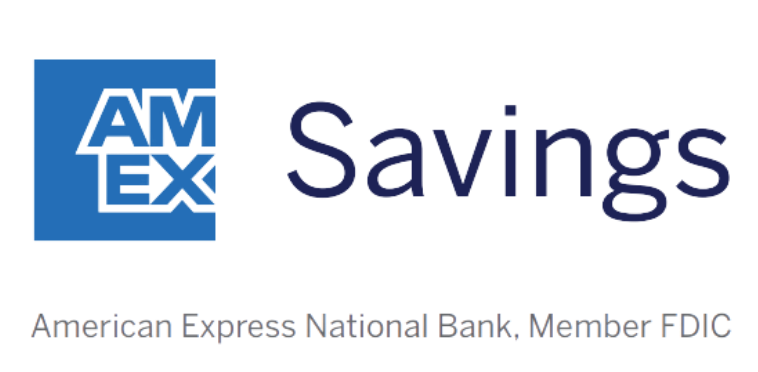High-yield savings accounts are a great place to put the money you’re setting aside for a house down payment, emergency fund, or future investments.
But as great as high-yield savings accounts are, there are a few mistakes you can make with them. Here are three and how to avoid them.
I once went out to eat with my wife at a restaurant known for its breakfast. But I was hungry for steak that night, so I bypassed the breakfast menu and ordered their steak option instead. The waiter came out with our food shortly thereafter, placed it on the table, and quietly said under his breath (but loud enough for me to hear), “You came to the wrong place for steak…”
He quickly walked off, and, as he suggested, I ate a subpar steak instead of great breakfast food.
Our Picks for the Best High-Yield Savings Accounts of 2024
|
American Express® High Yield Savings  APY 4.10% Rate info Min. to earn $0 Member FDIC. |
APY 4.10% Rate info |
Min. to earn $0 |
|
Capital One 360 Performance Savings  APY 4.10% Rate info Min. to earn $0 Member FDIC. |
APY 4.10% Rate info |
Min. to earn $0 |
|
CIT Platinum Savings  APY 4.70% APY for balances of $5,000 or more Rate info Min. to earn $100 to open account, $5,000 for max APY Member FDIC. |
APY 4.70% APY for balances of $5,000 or more Rate info |
Min. to earn $100 to open account, $5,000 for max APY |
What does that have to do with savings accounts? It’s not hard to find a bank that will pay you an interest rate, just like it’s not hard to find a restaurant that serves steak. But many banks pay you a meager interest rate while something much better is offered elsewhere.
It’s usually best to choose an online bank to get the highest rate. Some of them pay annual percentage yields (APY) of 4% or 5% right now, compared to traditional banks that may be as low as 0.01%.
Good news! We’ve done the research for you. Click here to see our top picks for high-yield savings accounts.
2. Paying unnecessary fees
No matter what savings account you choose, there will likely be some type of fee. Many times, you can avoid some of the fees, but you should read the fine print before picking an account.
For example, most high-yield savings accounts from online banks don’t charge monthly maintenance fees. However, some do, and you may be required to maintain a minimum monthly balance to avoid the fee.
Additionally, some online banks charge a fee for withdrawing too much money in any given month. These are sometimes called “excessive use fees,” and they range between $1 to $15.
I’ll also mention here that some high-yield savings accounts may require you to have a minimum balance to receive the best rate. It’s not a fee, of course, but not maintaining the minimum balance — which could be $5,000 in some cases — could result in a lower APY.
3. Relying too much on it
For a long time, I mistakenly believed that investing money was only for rich people. I thought that if you have a little extra money, then the best thing you can do is put it into a savings account for safekeeping.
That’s not a bad strategy if you’re saving for a house down payment, building an emergency fund, or stashing cash for future vacation plans. But if you’re relying on your savings account for your retirement, you should seriously reconsider.
The S&P 500 has a historical rate of return of 10.2%, double the return of some of the best savings accounts available today. There’s no guarantee you’ll earn that rate, but it’s a good metric for showing the earning potential of investing your money.
Related: Not sure where to get started with investing? Click here to see our top brokerage account picks.
Here’s what $10,000 in an S&P 500 index fund could potentially earn over 10 years, compared to a 5% APY in a high-yield savings account over the same period:
| Account | Starting Amount | Rate of Return | Length | Ending Amount |
|---|---|---|---|---|
| High-yield savings account | $10,000 | 5% | 10 years | $16,470 |
| S&P 500 index fund | $10,000 | 10.2% | 10 years | $26,412 |
Data source: Author’s calculations
Let’s drive this point home just a bit further, but with a 30-year investment horizon this time. Here’s how three decades of saving vs. investing turns out:
| Account | Starting Amount | Rate of Return | Length | Ending Amount |
|---|---|---|---|---|
| High-yield savings account | $10,000 | 5% | 30 years | $43,219 |
| S&P 500 index fund | $10,000 | 10.2% | 30 years | $184,267 |
Data source: Author’s calculations
As you can see, investing your money in the S&P 500 over 30 years could potentially earn you four times more than in a savings account! It’s worth noting that while S&P 500 returns aren’t guaranteed, neither are savings account rates (which are unusually high right now), and you could owe taxes on returns from both accounts.
High-yield savings accounts are a great place to store your cash, but you should shop around before choosing one, read the fine print for potential fees, and opt to invest your money if your goal is to earn as much as possible. Oh, and remember that it matters where you buy the steak.

